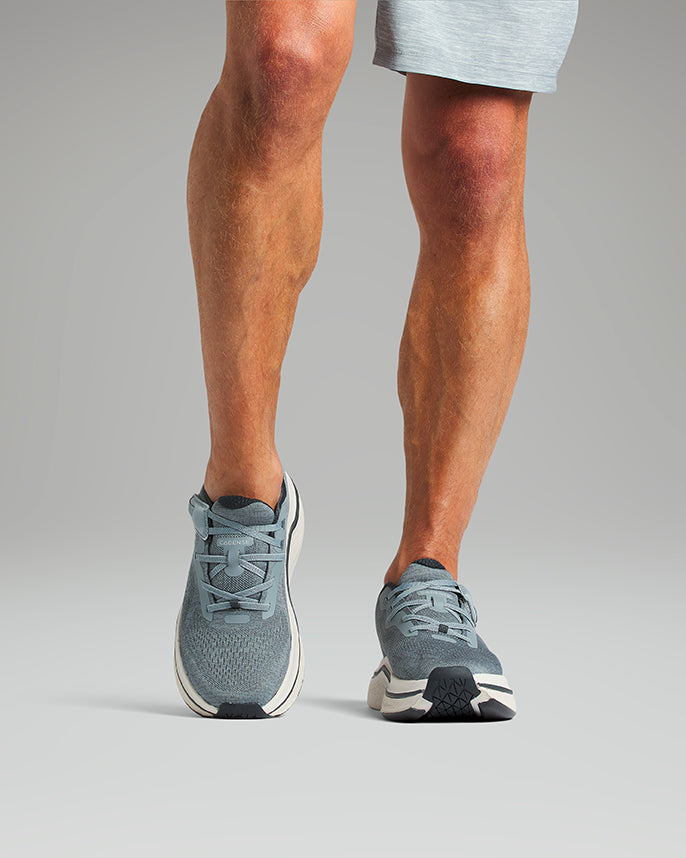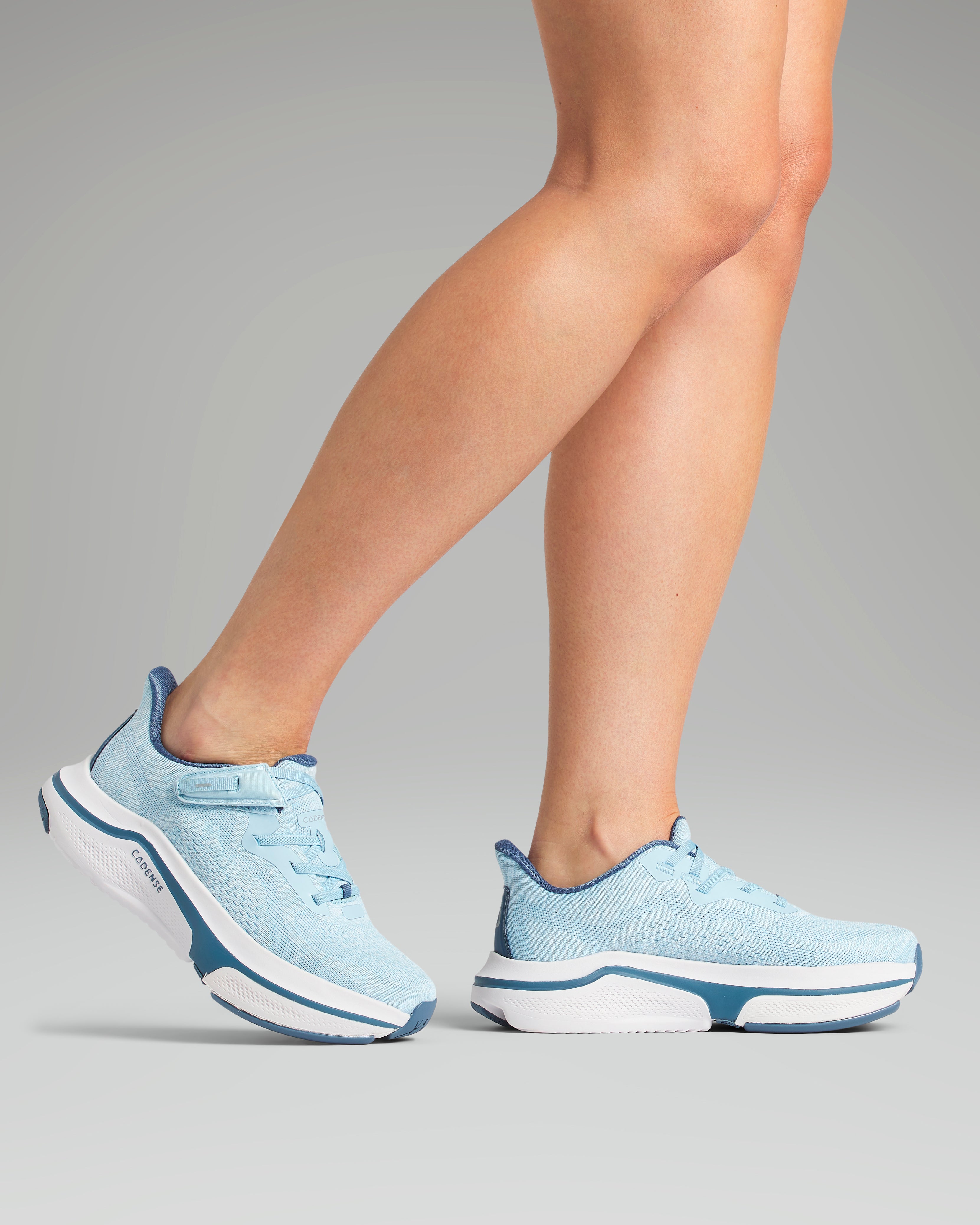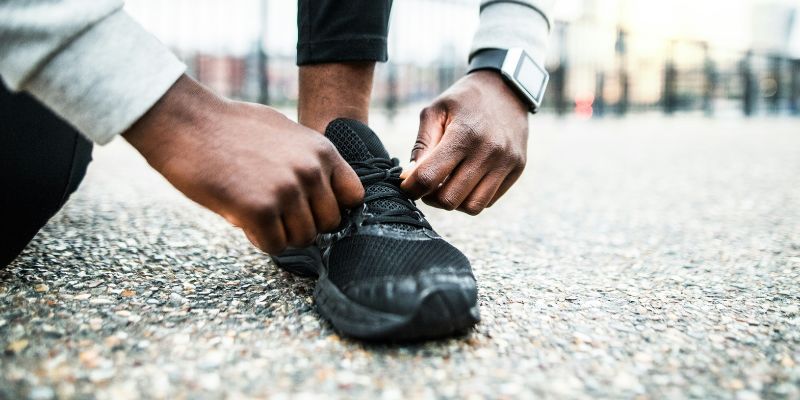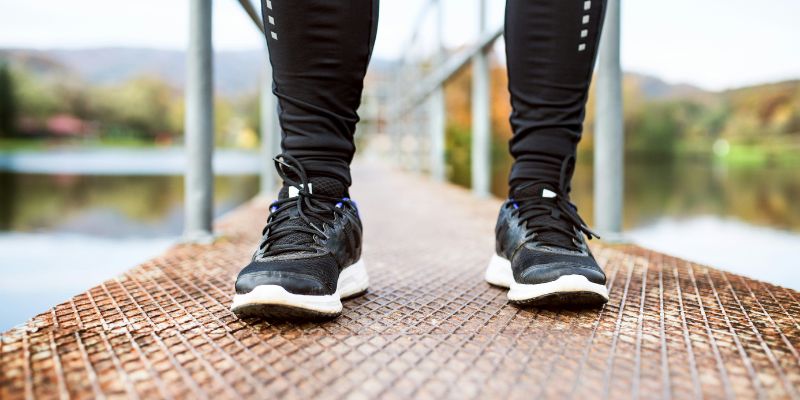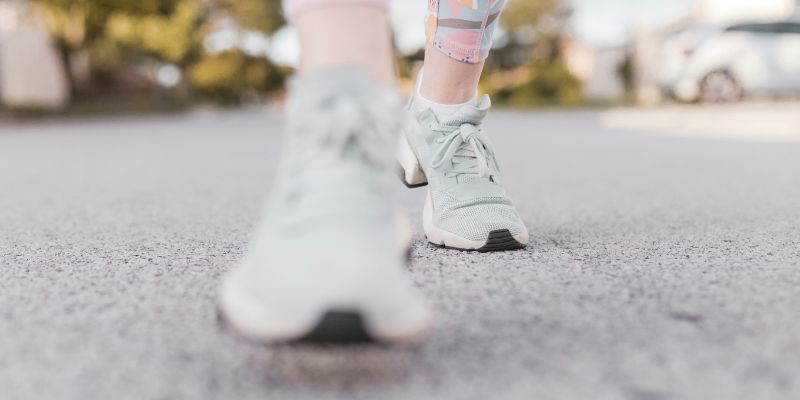
Best Trainers for Cerebral Palsy and Balance Problems

Cerebral palsy (CP) often affects muscle tone, coordination, and motor control. For many adults, this leads to challenges with balance, gait, and stability. Muscle stiffness or spasticity can cause uneven weight distribution, while weakness in certain muscle groups can make walking feel unpredictable.
Because balance difficulties increase the risk of falls, supportive footwear becomes more than a comfort—it becomes a vital part of safety and independence.
What Role Do Trainers Play in Reducing Fall Risk?
Trainers are the foundation of every step. When designed with adaptive features, footwear can significantly reduce the risk of tripping, slipping, or losing balance. The best trainers for cerebral palsy do more than cushion the foot—they actively stabilise, support, and encourage safer movement.
Key ways trainers help include:
-
Even weight distribution to prevent leaning or stumbling.
-
Traction support for slippery or uneven surfaces.
-
A secure fit that keeps feet steady without unwanted pressure.
-
Flexibility to encourage natural movement and reduce strain.
What Features Make Trainers the Best for Cerebral Palsy and Balance?
When shopping for footwear, it’s not just about finding something that fits—it’s about finding trainers that actively support mobility. Here are the most important features to look for:
-
Wide Toe Box: Prevents crowding of the toes, improving stability and balance.
-
Lightweight Sole: Makes lifting the foot easier and reduces fatigue during walking.
-
Non-Slip Traction: Provides grip on various surfaces to reduce fall risk.
-
Flexible Design: Encourages natural foot movement and better circulation.
-
Supportive Fit: Holds the foot securely without creating pressure points.
-
Easy On/Off Design: Reduces frustration and fatigue when getting dressed.
These features work together to create safer, more confident steps for people living with CP.
How Do Adaptive Trainers Compare to Regular Footwear?
Regular footwear is often designed for fashion first and function second. For adults with CP, this can mean trainers that feel heavy, slip easily, or create painful pressure points. Adaptive trainers, on the other hand, are engineered specifically to meet mobility needs.
Where typical trainers may have narrow toe boxes or stiff soles, adaptive trainers provide flexibility, width, and stability to better accommodate balance challenges. For someone living with CP, this difference can mean walking longer distances or standing with less strain.
What Daily Activities Become Easier with the Right Trainers?
The best trainers for cerebral palsy aren’t just about walking—they make everyday activities safer and more enjoyable. Supportive footwear can help with:
-
Walking on uneven pavements or stairs without fear of tripping.
-
Standing for longer periods, such as during social events or at work.
-
Moving around at home, where rugs and thresholds can become hazards.
-
Exercising or attending physiotherapy sessions with footwear that supports mobility goals.
Real-world example: An adult with CP who often avoided crowded places due to balance anxiety may find new confidence when their trainers provide reliable grip and stability.
How Do Trainers Work with AFOs and Other Supports?
Many adults with cerebral palsy use ankle-foot orthoses (AFOs) to improve stability. The best trainers for cerebral palsy are designed to work with these devices, offering enough space and flexibility without compromising comfort.
Trainers with wide openings, removable insoles, and supportive fastenings allow for a better fit when paired with braces, reducing the need to compromise on safety or comfort.

What Should You Prioritise When Choosing Trainers?
Choosing the right footwear may feel overwhelming, but focusing on key priorities makes the process easier:
-
Safety First: Look for non-slip soles and steady support.
-
Comfort Matters: Trainers should feel good immediately—no “breaking in” required.
-
Functionality: Easy entry and exit are just as important as walking comfort.
-
Adaptability: Consider whether the trainers work well with orthotics or braces.
By prioritising these areas, adults with CP can find trainers that meet their specific mobility needs.
Can the Right Trainers Improve Confidence and Independence?
Absolutely. Beyond safety and comfort, the right footwear can restore a sense of independence. Walking with confidence means fewer limitations on daily activities—whether that’s going to the shops, meeting friends, or spending time with family. Trainers that reduce fall risk also reduce worry, creating space for more freedom and less fear.
Choose Your Comfort Today
Finding the best trainers for cerebral palsy isn’t just about footwear—it’s about creating a safer, more confident way to live. Adaptive trainers with wide toe boxes, flexible soles, traction support, and easy-entry designs make a meaningful difference in balance, mobility, and independence.
At Cadense, we believe trainers should adapt to you, not the other way around. Our designs combine comfort, practicality, and style to help you move with confidence.
Ready to take your next step towards stability and freedom? Explore Cadense’s collection today and experience the difference adaptive trainers can make.

